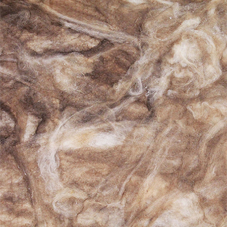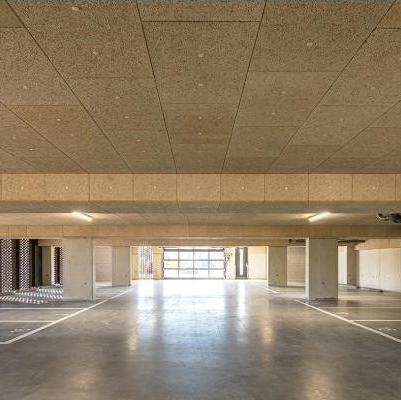Building performance is crucial if the UK is to meet its ambitious net zero targets. But there’s a big challenge ahead. There are 29 million homes in the UK and buildings generate one third of the UK’s CO2 emissions, 50% of which relate to heating.
To address this, the government has announced a clear regulatory roadmap introducing ever-stricter thermal performance requirements.
But there’s a bigger issue that tougher thermal performance measures alone will not address. Industry research suggests 27 million homes are not delivering the performance stated on their Energy Performance Certificate (EPC). That’s because EPCs require no physical measurement on site, assumptions are made based on answers to questions such as whether a property has insulation or a condensing boiler. It does not account for any of the variables that influence actual performance, such as build and install quality or location.
This means homes are less energy-efficient, use more carbon and are more expensive to run than their EPC suggests. As a result, the Government’s EPC Action Plan will see EPCs shift from being a notional tick-box exercise to a genuine, evidence-based record of a building’s actual performance.
That leaves the construction industry with a problem. How will it ensure buildings actually perform as designed?
A genuine, evidence-based record
The only way to address the issue is to measure real energy performance, but this has been difficult and costly – until now. Knauf Insulation and Knauf Energy Solutions have undertaken two pilot projects which have combined accurate measurement and Artificial Intelligence (AI) technology with a quality-controlled retrofit of Mineral Wool insulation to deliver impressive results.
The solution
The two companies have invested in six years of research and development. The result is ground-breaking sensor technology that accurately measures the real energy performance of a home, which is used alongside quality-assured installation of retrofit measures to create buildings that perform as intended.
Until now real performance could only be measured via expensive, lengthy, and invasive co-heating tests. By contrast, Knauf Energy Solutions sensors can be fitted unobtrusively to occupied buildings, making the technology discreet, scalable, and cost-efficient.
Over 12 weeks, the sensors capture an accurate picture of the building’s performance using machine learning to combine energy meter readings with humidity, temperature, CO2 levels, Volatile Organic Compounds (VOCs), and weather data. It then calculates the heat lost through the building roof, walls, and floors to create an accurate picture of each home’s thermal performance. It essentially gives an ‘mpg’ for a home or building.
The sensors can be used to ensure new buildings are performing as designed and specified. Or they can inform ‘smart retrofits’ that improve existing buildings’ energy performance, and track the subsequent energy bill savings.
Retrofits that deliver results
Knauf Insulation and Knauf Energy Solutions have undertaken the UK’s largest ever real performance retrofit project, to upgrade the thermal performance of 28 homes on a 1970s social housing estate run by Great Places Housing Group in Trafford, Manchester. Early investigation showed the existing insulation had been incorrectly installed and had degraded. Adding to the complexity, the homes also contained unusual build features, such as a stagger between terraces meaning one wall acted as both a party and external wall, each with different thermal characteristics. The companies built a full-scale mock-up of the junction to develop clear protocols for the removal of existing insulation and installation of Knauf Insulation Mineral Wool products.
This innovation has enabled the successful installation of Supafil® Party Wall in a staggered party wall – a world first which can be replicated in tens of thousands of other ‘hard to treat’ properties with similar staggers across the country.
The second project took place in Eccles, Salford, where the 12 houses had been built to Part L1A in 2014.
Sensors were used to benchmark the thermal performance of the properties before commencing quality-controlled refurbishment programmes on both estates, using Knauf Insulation products including Supafil® 34, Supafil® Party Wall, Loft Roll 40 and Rocksilk® RS100.
The retrofits were ‘cost-optimal’ delivering results usually targeted by whole-house retrofits with only fabric improvements. To achieve this, the standard of installation was key. Contractors were chosen and managed for quality, and included approved Supafil® contractors, who are certified and actively monitored by Knauf Insulation. Supafil® 34 was injected directly into the cavity using a calibrated blowing machine, ensuring each cavity was fully filled so the specified thermal performance could be achieved. Loft installations were carefully designed and installed so the Loft Roll 40 met up with the Supafil® to provide continuity of insulation and minimise thermal bridging.
The two pilot projects delivered impressive results.
Trafford
• 31% average fabric efficiency improvement per home
• One home experienced a 51% improvement
• £411 average annual bill reduction for residents
• Average space heat demand: 65.57 kWh/m2year
• Average CO2g/m2/year: 14.23
Eccles
• 17% average fabric efficiency improvement per home
• 28% improvement in one semi-detached home
• Moist air leakage risks corrected, preventing sustained structural deterioration
• Average space heat demand: 32.79 kWh/m2year
• Average CO2g/m2/year: 6.78
The need for a fabric first approach
Accurate measurement alone will not create net zero homes – despite the improvements, all 28 homes in Trafford retained EPC ratings of grade D or E. Similarly in Eccles, the EPC ratings remained mostly static. The refurbishments simply brought their real-world performance in line with the theoretical EPC performance.
But the project does show that Knauf Insulation and Knauf Energy Solutions have developed a viable solution for measuring real performance that can be used to underpin net-zero housebuilding and retrofitting by taking a fabric first approach.
Bringing benefits to the whole supply chain
Before the refurbishment, residents on the Trafford estate regularly complained their homes were cold and expensive to heat, despite being insulated. In fact, a survey by energy supplier E.ON found this is common, with 49% of landlords saying they didn’t know how to improve the energy efficiency of their properties. This new technology not only gives landlords that information, but by making real-world measurement viable at scale for the first time, it brings benefits to the whole supply chain:
• Housebuilders can ensure quality control and compliance with the ‘fuel and energy performance’ aspects of the New Homes Ombudsman scheme.
• Builders and developers can measure thermal performance with certainty and demonstrate they’re delivering for their clients.
• Tenants and purchasers will enjoy better thermal performance, lower energy bills and a more comfortable living environment, and they can also assess the operating costs of prospective homes.
• The government, councils, housing associations and landlords can verify the return on investment on refurbishments.
Ultimately if the UK is to achieve net-zero, we must first accurately measure building performance. By combining the use of sensor technology with a quality-controlled insulation installation or retrofit, we can close the performance gap of every building – new and existing. The building fabric component of an EPC will be based on real evidence and homeowners and tenants can save money with lower energy bills.
Low carbon insulation for low carbon homes
Knauf Insulation undertakes Life Cycle Assessments to evaluate the embodied carbon of its products. Its products can be considered low in embodied carbon, with transparent evidence available in Environmental Product Declarations (EPDs) across its ranges.
Knauf Insulation has proactively reduced the embodied carbon in its products over the years, as part of a broader set of activities to reduce its environmental impact. Specific actions to minimise its carbon footprint include the introduction of ECOSE® Technology, its unique bio-based binder, which is 70% less energy-intensive to manufacture than traditional binders, as well as initiatives to reduce road miles in both sourcing and distribution. Its Glass Mineral Wool products are manufactured using up to 80% recycled glass collected from the local communities around its factories, and the finished products are compressed by up to 10:1 to fit more product into each lorry reducing transport emissions.
“From day one, Knauf Insulation brought a level of quality control we haven’t previously experienced in other projects. The measurement service is the first time we have been offered any certainty that our homes have actually been improved.” -Sarah McClelland, Environmental Manager, Great Places
TRAFFORD & ECCLES HOUSING PROJECT, MANCHESTER
| T | (01744) 766600 |
|---|---|
| F | (01744) 766750 |
| E | info.uk@knaufinsulation.com |
| W | Visit Knauf Insulation's website |
| Stafford Rd, St Helens, Merseyside, WA10 3LZ |
Products by this Company


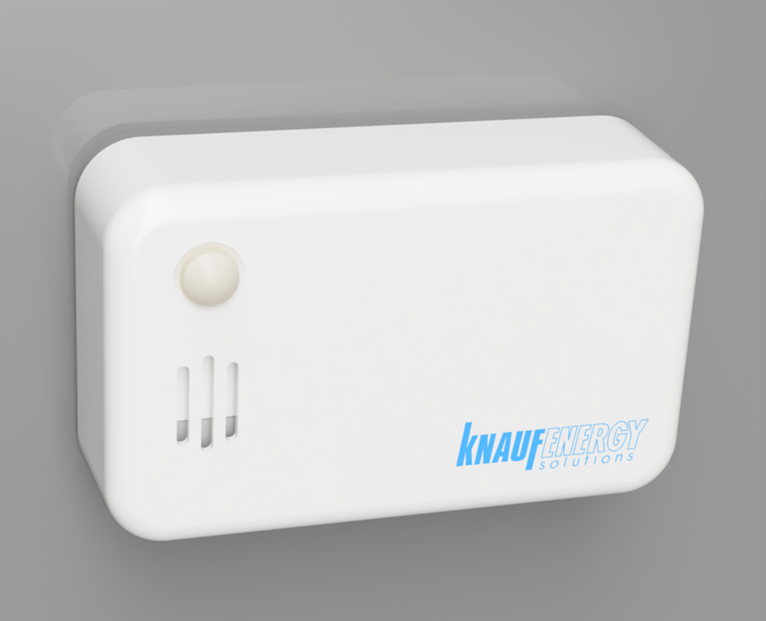
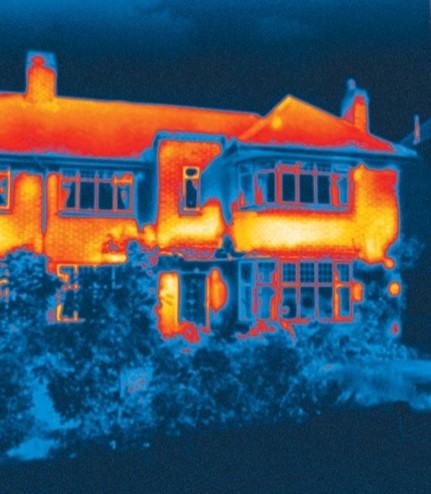
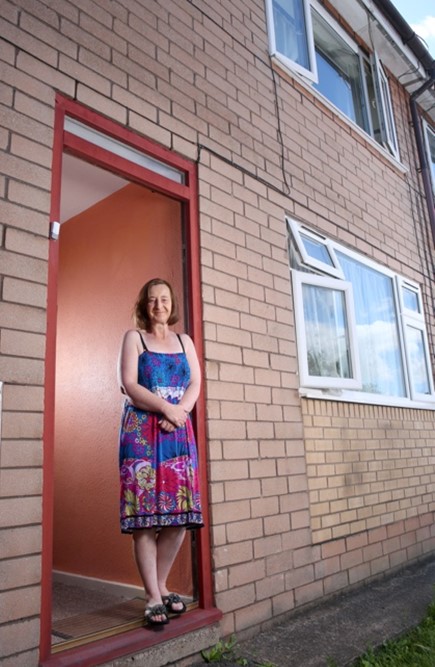
 (002)CROPV2-comp102239.png)
